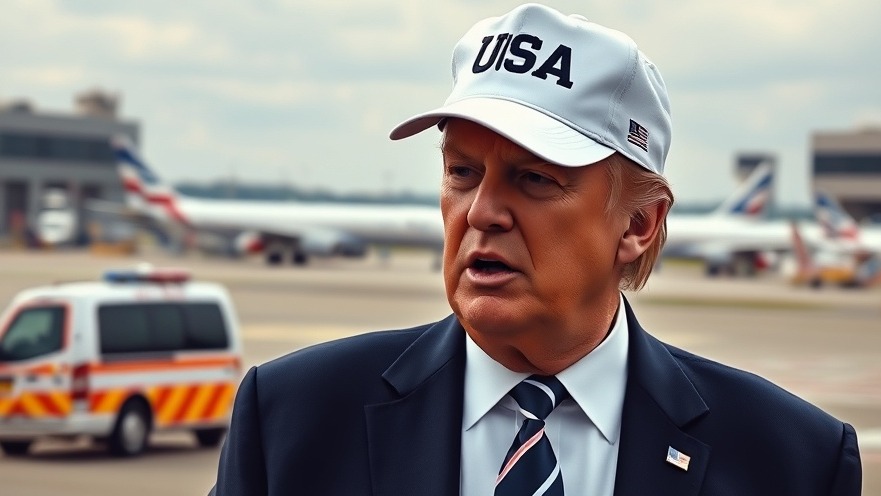
The Trump Administration’s Tariff Strategy: A Crucial Decision Looms
The ultimatum is clear: the United States, under President Trump's administration, is preparing for a substantial shift in trade relations. As the deadline of August 1 approaches, trading partners are bracing for a wave of increased tariffs that may impact not only the economy but also global trade dynamics.
Understanding the Context of the Imminent Tariffs
The forthcoming rise in tariffs is primarily aimed at countries that have not yet finalized trade agreements with the U.S. National Economic Council director Kevin Hassett emphasized the potential for smaller trading partners to evolve into significant allies, demonstrating the administration's strategy to leverage economic relationships for broader influence.
This situation unfolds amidst a backdrop of heightened trade tensions that have characterized recent years, culminating in tariff levels that could further escalate trade wars globally. The administration has sent out over 100 letters to countries, particularly targeting those where the U.S. holds a significant trade deficit but has minimal trade transactions under current baselines.
The Economic Stakes: What’s at Risk?
The proposed tariffs are calculated to target those nations responsible for a substantial percentage of America's trade deficit. This could result in steep repercussions not only for the countries in question but also for U.S. consumers and businesses that rely on imported goods. The implications extend deep into sectors that depend on these resources, raising questions about price increases and supply chain disruptions.
Furthermore, Treasury Secretary Scott Bessent brought attention to the precarious nature of negotiations, signaling that while the August 1 deadline is imposed, there exists room for countries that demonstrate commitment to reaching a trade agreement.
Counterarguments: Diverse Perspectives on Tariffs
While the administration’s push for new trade deals emphasizes economic assertiveness, critics raise concerns about the strategy’s potential repercussions. Many economists warn that escalating tariffs could lead to retaliatory measures from impacted countries, further complicating the U.S. trade landscape. Such complexities could result in higher prices for American consumers and increased tension in international relations.
Moreover, there are fears that smaller nations may end up bearing disproportionate hardships, potentially destabilizing emerging markets that could otherwise become fruitful trading partners for the U.S.
Looking Ahead: Future Trends In Trade Relations
As we peer into the future, it is evident that the outcome of these negotiations could reshape trade alliances for years to come. Countries racing against the clock to secure favorable terms may seek to reach deals that not only satisfy U.S. interests but also safeguard their own economic stability.
As the August 1 deadline inches closer, global markets will be attentively watching how the U.S. maneuvers its relationships. This includes potential shifts in alliances as nations react to the changing landscape. Will the U.S. approach lead to fruitful negotiations, or spark a larger trade war?
Call for Action: Staying Informed is Essential
The implications of the Trump administration's tariff announcements are monumental. As citizens and stakeholders in the global economy, it is crucial to stay updated on the unfolding situation. Engaging with the latest developments in trade policies can equip us with the insights needed to navigate the challenges that arise from these changes. Follow breaking news to remain aware of how these transformations in trade will affect your life and the economy at large.
 Add Element
Add Element  Add Row
Add Row 



 Add Row
Add Row  Add
Add 


Write A Comment